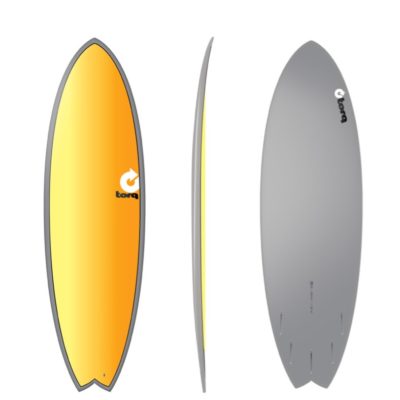Description
- X-Lite Epoxy construction: Brad new lightweight and durable Epoxy technology designed for for performance boards
- Swallow Tail: A widened swallow tail gives more glide in smaller waves
- Concave: Flat entry into a single concave vee for fast rail to rail transitions
- Rocker: Low entry rocker with a longer tail rocker
- Rider ability: Beginner, intermediate, professional
- Suitable conditions: The X-Lite Pod Mod preforms in everything form mushy small beach breaks to super fast reef breaks
- Wave height: 2ft – 6ft
- Fin system: Futures 5 fin setup (Fins not included)
The year 2000 was a huge year for the original Pod, quickly becoming a favorite for surfers everywhere, allowing surfers to surf boards six inches shorter than their regular board revolutionizing punting. The Pod Mod is based off the original Pod with some heavy modifications meaning you can rider this even shorter again. The nose has more volume towards the front to make catching waves a breeze but the extra volume will not sacrifice performance. Catching smaller waves has been made easier with the slightly wider tail, and the original concave has been updated with a flat entry to concave for quick and easy rail to rail transitions.
Experienced surfers should ride this board 3 inch- 6 inch shorter than you are tall.
| 5’6 x 20 3/8” x 2 1/2” | 31.3 ltr |
| 5’10 x 20 7/8” x 2 5/8” | 35.7 ltr |
| 6’2 x 21 3/8” x 2 3/4” | 40.5 ltr |
| 6’6 x 21 7/8” x 2 7/8” | 47.6 ltr |




